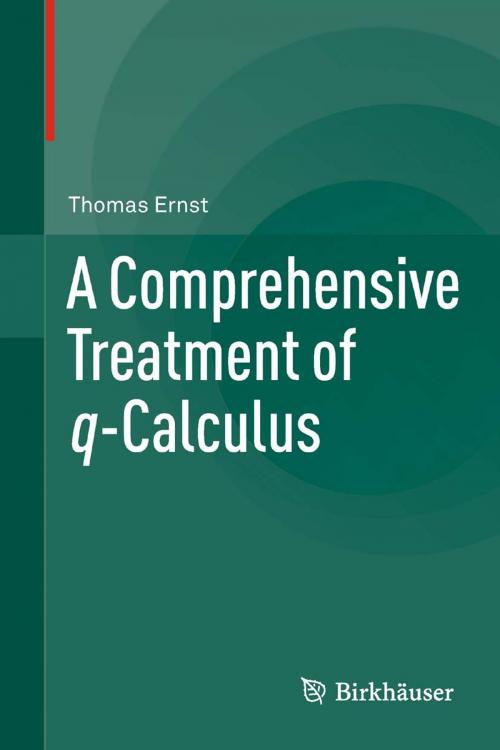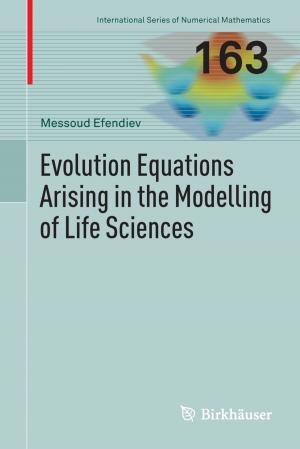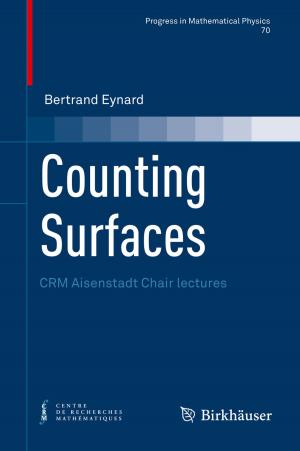A Comprehensive Treatment of q-Calculus
Nonfiction, Science & Nature, Mathematics, Mathematical Analysis, Number Theory| Author: | Thomas Ernst | ISBN: | 9783034804318 |
| Publisher: | Springer Basel | Publication: | September 13, 2012 |
| Imprint: | Birkhäuser | Language: | English |
| Author: | Thomas Ernst |
| ISBN: | 9783034804318 |
| Publisher: | Springer Basel |
| Publication: | September 13, 2012 |
| Imprint: | Birkhäuser |
| Language: | English |
To date, the theoretical development of q-calculus has rested on a non-uniform basis. Generally, the bulky Gasper-Rahman notation was used, but the published works on q-calculus looked different depending on where and by whom they were written. This confusion of tongues not only complicated the theoretical development but also contributed to q-calculus remaining a neglected mathematical field. This book overcomes these problems by introducing a new and interesting notation for q-calculus based on logarithms.For instance, q-hypergeometric functions are now visually clear and easy to trace back to their hypergeometric parents. With this new notation it is also easy to see the connection between q-hypergeometric functions and the q-gamma function, something that until now has been overlooked.
The book covers many topics on q-calculus, including special functions, combinatorics, and q-difference equations. Apart from a thorough review of the historical development of q-calculus, this book also presents the domains of modern physics for which q-calculus is applicable, such as particle physics and supersymmetry, to name just a few.
To date, the theoretical development of q-calculus has rested on a non-uniform basis. Generally, the bulky Gasper-Rahman notation was used, but the published works on q-calculus looked different depending on where and by whom they were written. This confusion of tongues not only complicated the theoretical development but also contributed to q-calculus remaining a neglected mathematical field. This book overcomes these problems by introducing a new and interesting notation for q-calculus based on logarithms.For instance, q-hypergeometric functions are now visually clear and easy to trace back to their hypergeometric parents. With this new notation it is also easy to see the connection between q-hypergeometric functions and the q-gamma function, something that until now has been overlooked.
The book covers many topics on q-calculus, including special functions, combinatorics, and q-difference equations. Apart from a thorough review of the historical development of q-calculus, this book also presents the domains of modern physics for which q-calculus is applicable, such as particle physics and supersymmetry, to name just a few.















